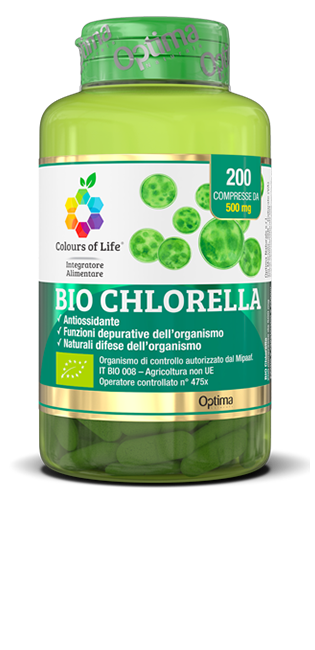BLOG
How to cleanse yourself of heavy metals

Lifestyle and current environmental conditions have made it possible for the body to become intoxicated by heavy metals. The air polluted by smog, the water we drink and use for cooking sometimes carried by obsolete pipes, certain foods, cosmetics, paints, clothing dyes, medicines, tobacco, are among the main causes of heavy metal poisoning.
Basically, although few people are aware of it, our bodies are exposed to heavy metals on a daily basis.
These are the names of some of the heavy metals we refer to:
- aluminium;
- arsenic;
- cadmium;
- chrome;
- iridium;
- mercury;
- manganese;
- nichel;
- lead.
Some other heavy metals, such as copper, selenium and zinc, for example, in the form of trace elements, are useful for the body's metabolism, but in higher doses they too can lead to intoxication and slow poisoning.
The effects of heavy metals on the human body
When the body is continuously exposed to heavy metals, they accumulate in the body, which is no longer able to excrete them through normal metabolic processes. As this is a slow process, there is a risk that certain organs become fatigued and the body weakens to the point of illness.
If accumulated, heavy metals can poison important organs such as the brain, liver, bones and kidneys, posing a major health hazard.
In order to excrete excess metals, it is necessary to use chelating substances. These are substances that can 'capture' the heavy metal and transport it out of the body. In more serious cases, this can be done with medical treatment; in cases of mild intoxication, natural remedies can be used in combination with an appropriate diet and greater attention to daily habits.
How to cleanse yourself of heavy metals in a natural way
So how can we naturally cleanse ourselves of heavy metals? It is possible to adopt simple measures in one's lifestyle and get some help from natural chelators.
Good habits to prevent heavy metal poisoning:
- introduce plenty of organically grown vegetables into the diet,
- minimise consumption of preserved foods prepared by industry,
- eat large fish such as tuna and swordfish only occasionally,
- choose cosmetic products carefully, including soaps, bubble baths and shampoos, preferring natural and organic products,
- Particular attention should also be paid to the choice of products for cleaning the house,
- do not abuse medication,
- at least once a year to cleanse your body,
- taking care of intestinal health: constipation problems, if prolonged, can cause accumulation of toxins, including heavy metals.
Natural remedies: Chlorella algae
Natural remedies include food supplements. Some microalgae, for example, have a useful chelating action. These include the Chlorella alga, a microalga naturally rich in functional substances, particularly chlorophyll and xanthophylls, which promote the body's purifying action. It is the high percentage of chlorophyll (1-4%), the highest among microalgae, that has the efficient ability to chelate toxic metals (especially lead and mercury) that can accumulate in the body, but also other toxic components, such as phthalates and insecticides.
Chlorella also contains numerous nutrients, such as vitamins (A, C, E, D, K and some B vitamins), and minerals, particularly iron, potassium, magnesium and phosphorus. It has a high protein content of around 60% of dry weight and contains almost all essential amino acids.
Warnings and contraindications
Before using a food supplement, it is always a good idea to ask your doctor for advice. In the case of Chlorella, the doctor can monitor any effects that may occur during the first few days of use due to the detoxifying effect, such as general malaise or nausea. In any case, do-it-yourself use is not recommended in the presence of disease or for prolonged periods.
Article written in collaboration with BenessereCorpoMente.it
Sources and insights
The advice is for information only and should not replace medical assistance. Please consult a doctor or health care professional before trying any remedies.
Bio Chlorella









 Optima Naturals S.r.l. ® Via Sempione 124, 21029 Vergiate (VA)
Optima Naturals S.r.l. ® Via Sempione 124, 21029 Vergiate (VA)